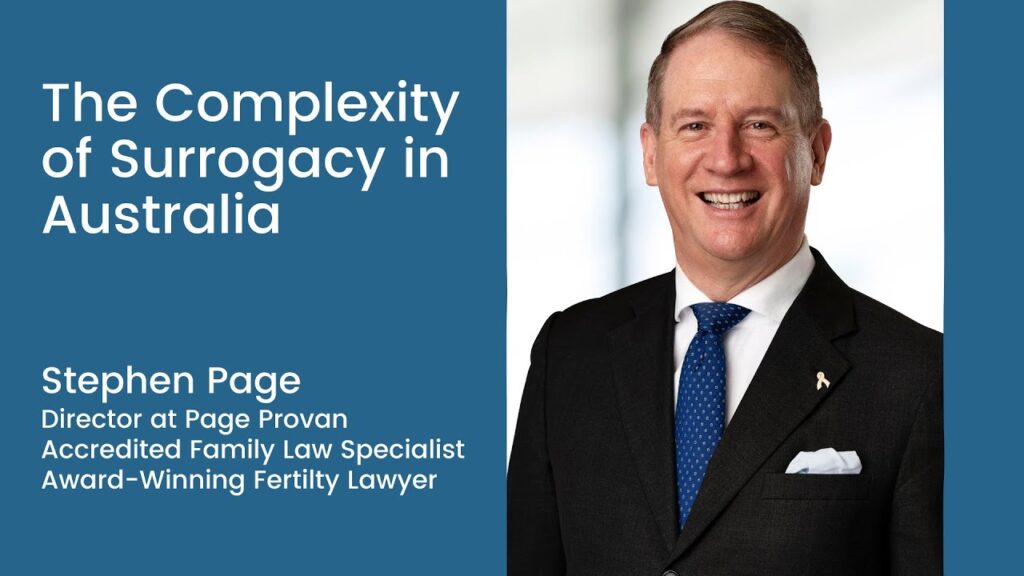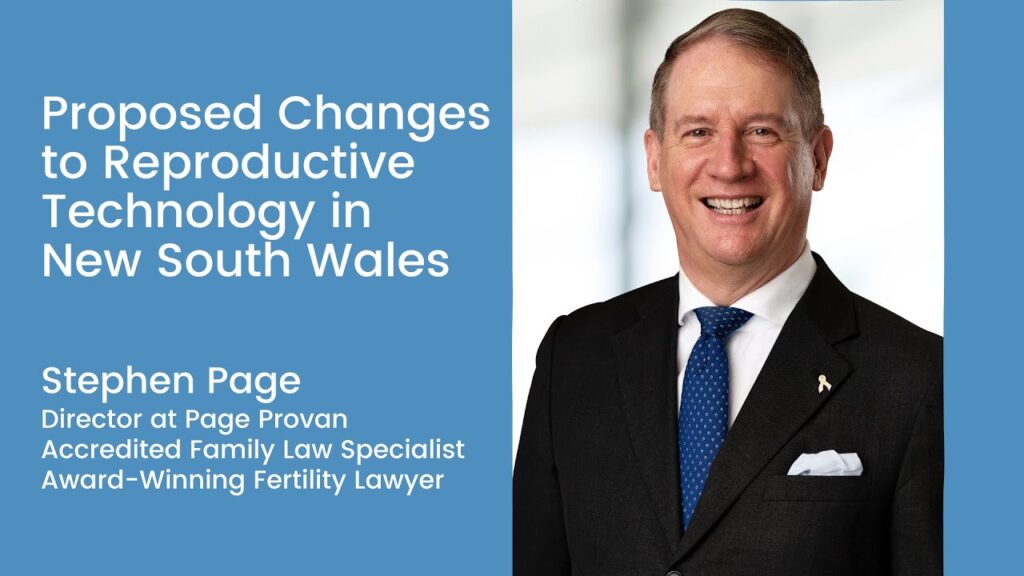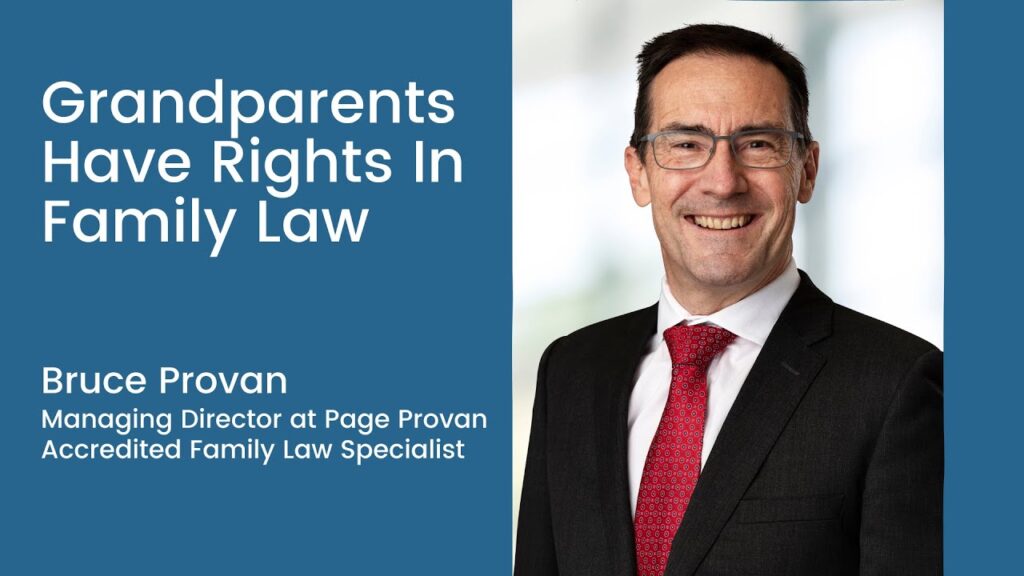Statistics: couple relationships
The Australian Bureau of Statistics has released analysis of couples relationships. Here is part of the ABS had to say:
PARTNERING
The proportion of adults living with a partner has declined during the last two decades, from 65% in 1986, to 61% in 2006. Factors such as the trend towards partnering at a later age, and the increased financial and social independence of women, may be associated with this decline, as well as legal changes in recent decades which have improved access to divorce.
Consistent with the declining proportion of people in couple relationships has been the fall in the proportion who were in a registered marriage, from 62% in 1986 to 52% in 2006. On the other hand, there has been an increase in the proportion of adults in de facto relationships, which more than doubled from 4% to 9% over the period.
The number of people living in a same-sex couple relationship has also increased over the past decade. In 1996, 0.2% of all adults said they were living with a same-sex partner. By 2006, this had increased to 0.4% (to around 50,000 people). However, these figures may be an undercount of the true number of people living in same-sex relationships. Some people may be reluctant to identify as being in a same-sex relationship, while others may not have identified because they didn’t know that same-sex relationships would be counted in the census.
Length of relationships
Of the people currently in a live-in relationship, the median length of the relationship was 18 years. However, the duration varied widely according to age and the number of relationships people had previously had. For example, for people aged 65-74 years who had only ever been in their current relationship, the median time together was 46 years, while for people aged 35-44 years who had had three or more relationships, the median duration of the current relationship was six years.
In 2006-07, around one-third (34%) of people aged 18 years and over said they’d had a live-in relationship that had subsequently ended. For just over half of these people their most recent past relationship was a registered marriage. Past registered marriages tended to have a much longer median duration than past de facto relationships (14 years compared with 2 years). In considering the apparently brief duration of de facto relationships, it should be kept in mind that this median is only for those relationships that have ended – a greater number have gone on to become a registered marriage or remain as long-term partnerships. In addition, where de facto relationships are being used by couples as a step before marriage, those that end before marriage may reduce the number of marriages that would otherwise end in divorce within a short period.












